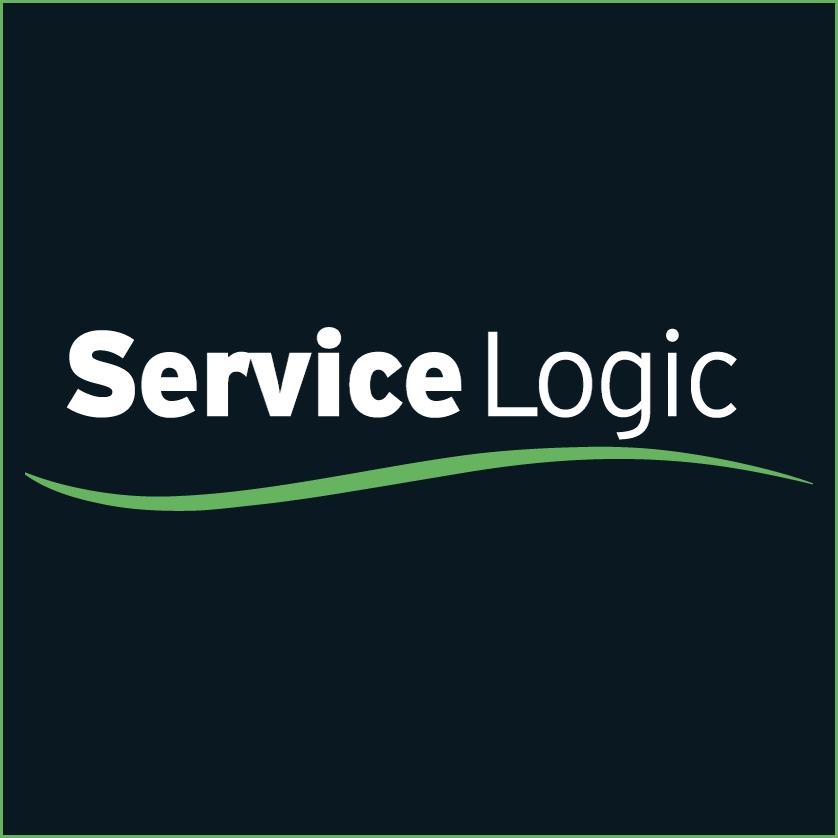Aedan Fida Explains How Blade Air’s Expertise, Strategy, and Innovation Can Help Businesses Meet Customer Needs
COVID-19 exposed how important indoor air sanitization is to human health. People are hyperaware of the fact that indoor air quality can negatively impact their physical and mental health. As a result, the market is flooded with all sorts of products that claim to protect people from a multitude of airborne assailants: pollen, dust, bacteria, and—of course—viruses. But how do consumers know what works?
More importantly, who can businesses partner with to find solutions that work?
Guest Aedan Fida, CEO and Co-Founder of Blade Air attempts to answer this question on today’s episode of Conversations from The EDGE with Service Logic. He responds to pointed questions from hosts Michelle Dawn Mooney and Greg Crumpton, Vice President of Service Logic, about the ebb and flow of interest in indoor air quality and how businesses should meet customer needs.
Aedan Fida speaks in-depth about Blade Air’s innovative approach to industry problems such as:
- Strategic, customer service-oriented partnerships with businesses
- A suite of products to meet customer needs
- Regulatory-compliant practices to address climate change
Fida believes what makes Blade Air different is that they’re concerned with the entire HVAC system, not just the products they sell. He wants to address what people are looking for to avoid “trying to fit a square peg in a round hole.” Put another way, Fida said Blade Air aims to “find the right solution for the right problem.” In doing so, they’ve celebrated major wins like partnering with the Peele School District in Canada to install HVAC solutions in every school building.
Aedan Fida is the CEO and Co-Founder of Blade Air. Blade Air’s founders came together to find a way to create replaceable cartridges that can both save money and time. They’ve found success in Canada, having serviced over a billion cubic feet of air. Blade Air hopes to expand into the U.S. market to meet the challenges of horticulturists, businesses, and schools. Listen to today’s episode on Apple Podcast, TuneIn, or wherever you find your favorite podcasts.



